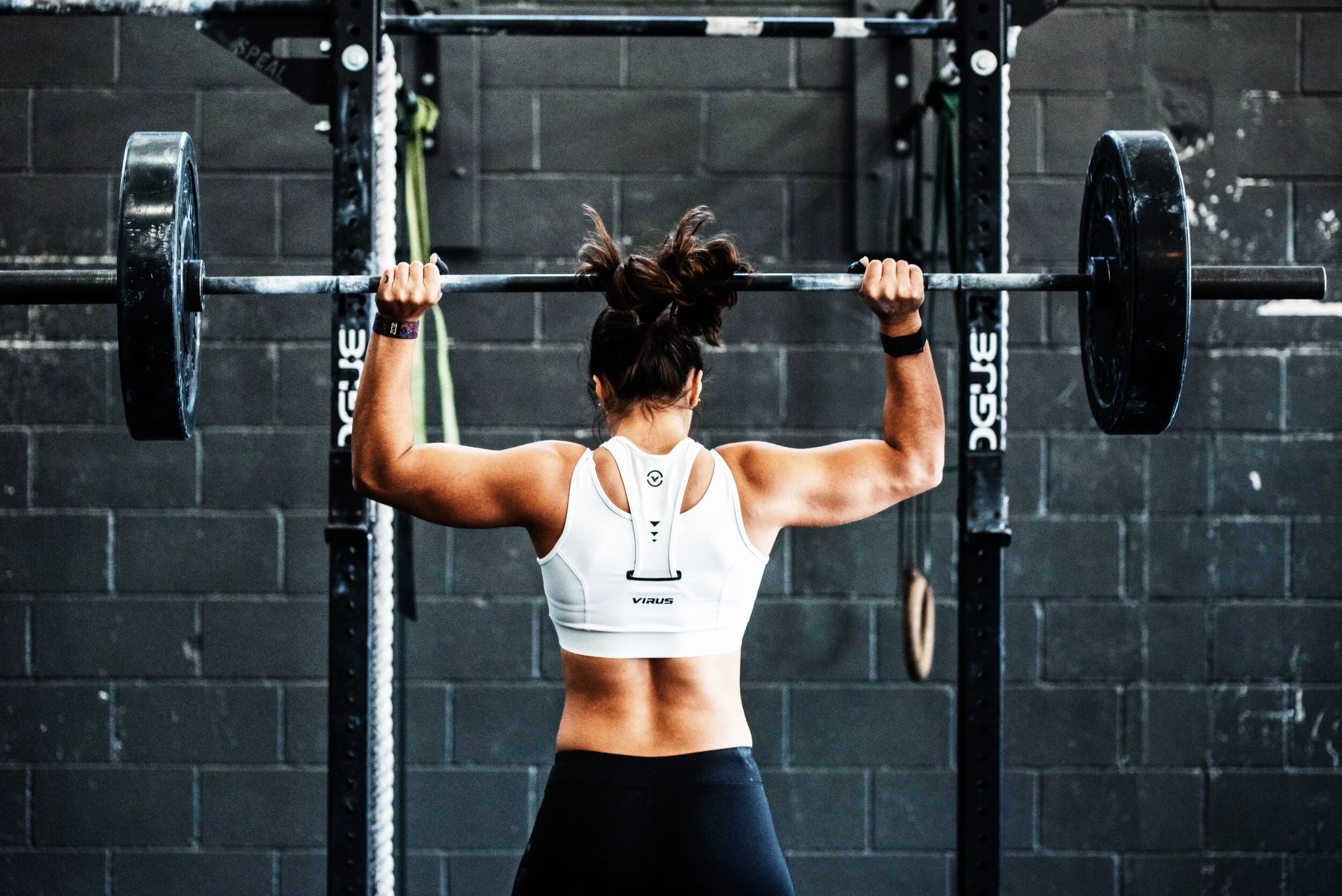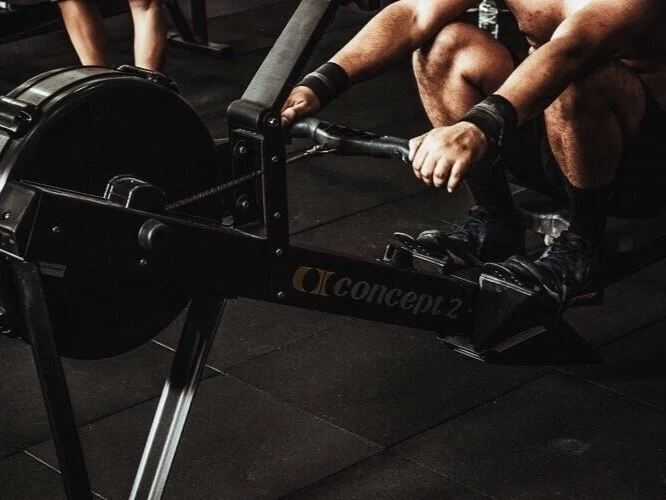
RECENT
What is High-Intensity Interval Training and does it work?
If you ask people why they are not able to exercise, many will tell you that it is because they do not have the time. This is precisely why High-Intensity Interval Training (HIIT) is interesting. Proponents of HIIT claim that it increases fat burning and cardiovascular performance - more than traditional forms of exercise and it requires significantly less training time.
If you ask people why they are not able to exercise, many will tell you that it is because they do not have the time. This is precisely why High-Intensity Interval Training (HIIT) is interesting.
Proponents of HIIT claim that it increases fat burning and cardiovascular performance - more than traditional forms of exercise and it requires significantly less training time.
What is HIIT?
HIIT requires a person to exert maximum effort through quick, extreme bursts of exercise, followed by subsequent short recovery periods, this is then repeated several times.
The intention is to get your heart rate close to its maximum and then allow it a period of recovery before repeating. Typically, a HIIT workout lasts only 15-30 minutes.
When performing a HIIT workout you need to ensure the sets are intense enough to get your heart rate to around 80% of its maximum.
You can use the formula below to calculate the optimal HIIT heart rate for your age.
( 208 - ( age x 0.7 ) ) x 80 percent = 80% of max heart rate
What are some examples?
Walk and Sprint or Jog and SprinT
A common approach is to do a 1 minute walk followed by a 30 second sprint, repeated several times. As you progress, you can swap the walking with a light jog, also the number of repetitions can be increased. Running sets of stairs can achieve a similar effect.
Sprint cycling
Another approach is to perform a series of 30 second sprints on a stationary exercise bike, with a minute of rest in between each sprint.
Start with 5 or so repetitions and work your way up from there.
Rowing ergometer
An excellent way to get your heart rate up quickly is on the rowing machine.
Again, a series of short 30 second sprints with a 1 minute recovery period should achieve good results.
Bodyweight reps
The bodyweight rep approach involves choosing a bodyweight exercise (e.g. pushups, squats, sit ups, lunges) and doing short sets of 10 -15 reps. Between each set allow yourself a 30 second recovery period.
You can start with a few sets and increase it over time. For best results try alternating between several exercises.
Sports & Martial arts
Although sports and martial arts aren’t normally considered interval training, certain sports can have a similar effect.
Doing intense rounds of pad work in boxing, rounds of high intensity sparring in Muay Thai, or rolling at full tilt in Jiu Jitsu can get your heart rate close to its max.
Between rounds your body has time to recover, and this is then repeated several times.
Does HIIT work?
For weight loss
In short, yes.
Studies have shown that individuals can burn more calories performing a HIIT session than spending the same amount of time performing a steady state exercise (1).
In addition, after a HIIT workout the metabolic rate remains higher for several hours after exercise. This means your body continues to burn calories at a higher rate, even after the workout. While this effect also occurs with regular exercise it is more pronounced with HIIT training (2).
Combined these effects mean HIIT can be a very effective tool for weight loss. Even with only a relatively low amount of time investment HIIT has been shown to work well. (3).
For cardiovascular fitness
Research indicates HIIT can reduce resting heart rate and blood pressure in overweight individuals with high blood pressure (4).
One study showed that HIIT may be more effective at lowering blood pressure than moderate-intensity exercise, which is usually what the doctor recommends. (5).
Another study showed that HIIT significantly enhanced cardiovascular performance (VO2max and O2 pulse and power output) in active men and women. (6)
For muscle mass
Some HIIT workouts are likely to lead to increases in muscle mass in the muscles utilized in the workout. However HIIT training itself is not the ideal tool for muscle gains, weight training is still the most effective way to pack on muscle.
If you are looking to gain muscle with your HIIT workout then it is best to use a HIIT workout which incorporates weights, circuit training such as CrossFit is a good example.
Other health benefits
Anti ageing
HIIT helps to offset age-related decline in muscle cell function.
One study found that muscle cell function, especially cell metabolism improved after only 12 weeks of HIIT training. HIIT also improved age-related decline in mitochondria, which means that it helped in promoting healthy cell growth, which combats overall physical deterioration (7).
Reducing blood sugar and insulin resistancE
HIIT has been found to be potentially beneficial to people at risk of type 2 Diabetes. It has been shown to be more effective than traditional exercise for reducing blood sugar and increasing insulin resistance (8).
What are the risks?
Cardiac risk appears low
Some critics of HIIT have expressed concern that pushing the heart close to its maximum may increase the risk of a negative cardiac event. The research indicates this is not the case.
Ulrik Wisløff, head of the Cardiac Exercise Research Group at the Norwegian School of Science and Technology concluded that risk of a cardiovascular event is low for people with heart disease that perform HIIT (9).
Wisloff and his colleagues have analyzed approximately 50,000 hours of HIIT data, which they collected from patients with heart disease in Norway. Only two instances of cardiac arrest, both of which were non-fatal, were recorded in seven years of data.
Wisloff states that it’s generally much more dangerous for people with heart disease not to perform HIIT than to perform it.
Despite these finding anyone with unstable angina or severe heart issues should speak with their doctor before performing HIIT.
Higher risk of injuries to muscles, ligaments and joints
The biggest risk factor from HIIT is injury. A study conducted by Rutgers New Jersey Medical School showed that HIIT significantly increases the risk for injury (10).
The research team analyzed records in the National Electronic Injury Surveillance System from 2007 through 2016, and they found 3,988,902 injuries caused by exercise equipment such as barbells, kettlebells, and boxes, or calisthenics such as burpees, push-ups, and lunges -- all of which are common in HIIT programs. Most of the injuries involved knees, ankles, and shoulders.
Conclusion
HIIT is a powerful tool for weight loss, improving cardiovascular health, lowering blood sugar and fighting the effects of age. It can be a great way to achieve good results for people who have limited time to work out.
While there is some risk of injury, the improvements in overall health should lower the risk of many other more life-threatening diseases.
To reduce the risk of injury it is important to understand if you have any pre-existing conditions or physical weaknesses. Tailor your workout around any such weaknesses and make sure you have proper instruction on technique. Before each work out warm up appropriately, and ensure adequate recovery time between sessions.
REFERENCES:












